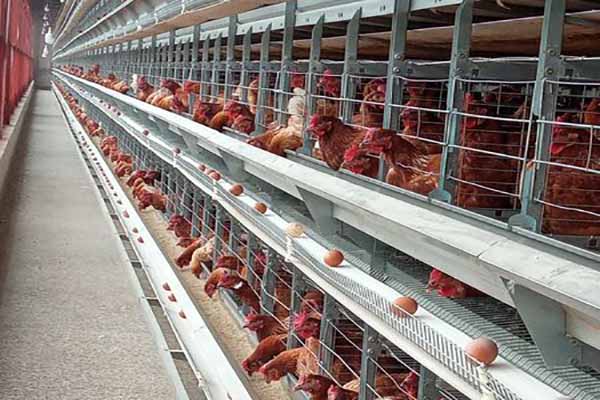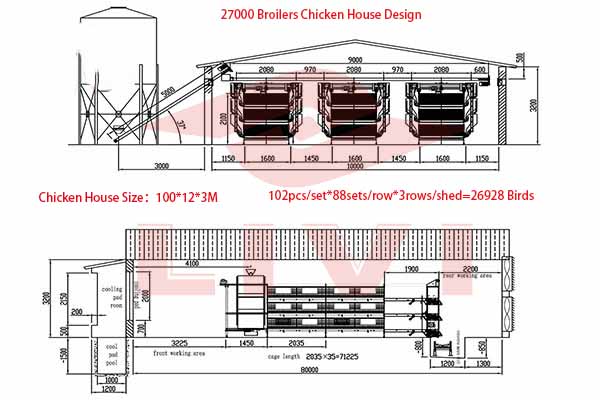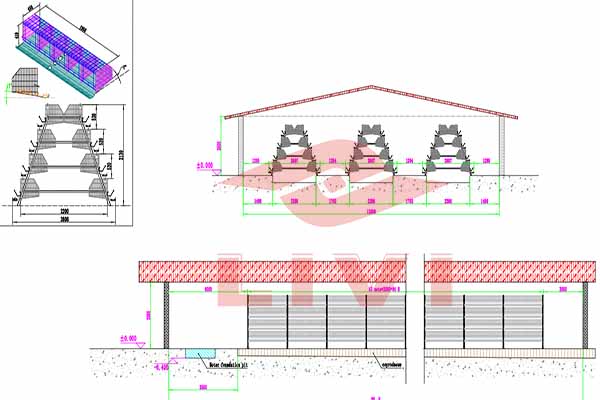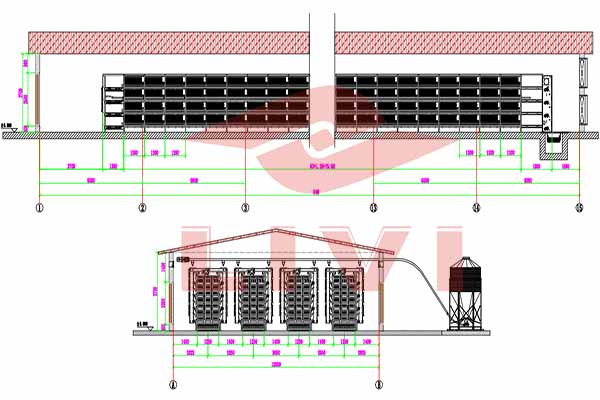Battery Cages for 20,000 Chickens: A Comprehensive Guide for Pakistan’s Poultry Industry
Understanding the Demand for Battery Cages in Pakistan
The poultry industry in Pakistan has witnessed significant growth over the years. With a rising demand for eggs and meat, the need for efficient and hygienic housing solutions for chickens has become paramount. One such solution is the use of battery cages, which are designed to house a large number of chickens in a compact space.
According to the Pakistan Poultry Association, the country’s chicken production is expected to reach 200,000 tons by 2025. This growth is driven by the increasing urban population and the desire for affordable protein sources. As a result, the demand for battery cages has surged, making it crucial for poultry farmers to understand the benefits and considerations associated with this housing system.
Benefits of Battery Cages for 20,000 Chickens
Battery cages offer several advantages for large-scale poultry farming operations, especially when housing 20,000 chickens:
- Space Efficiency: Battery cages maximize space utilization, allowing farmers to house a higher number of chickens per square meter.
- Health and Hygiene: The structured design of battery cages helps in maintaining a clean and hygienic environment, reducing the risk of diseases.
- Easy Management: With a well-organized layout, farmers can easily monitor and manage the flock, ensuring optimal growth and productivity.
- Cost-Effective: Although the initial investment may be high, battery cages offer long-term cost savings due to their durability and low maintenance requirements.
Key Considerations for Implementing Battery Cages
Before investing in battery cages for 20,000 chickens, it is essential to consider the following factors:
- Regulatory Compliance: Ensure that the battery cage system adheres to local regulations and standards for animal welfare.
- Quality of Cages: Invest in high-quality, durable cages that can withstand the demands of large-scale poultry farming.
- Environmental Impact: Consider the environmental impact of the cage system and explore sustainable options.
- Training and Support: Ensure that your farm staff is adequately trained to handle and maintain the battery cage system.
Case Study: Successful Implementation of Battery Cages in Pakistan
XYZ Poultry Farm, a leading poultry producer in Pakistan, has successfully implemented a battery cage system for 20,000 chickens. The farm has reported a 15% increase in egg production and a 10% reduction in disease incidence since switching to battery cages. The farm’s owner, Mr. Ziauddin, attributes the success to the following factors:
- Quality Cages: They invested in high-quality battery cages from a reputable supplier.
- Regular Maintenance: The farm staff conducts regular maintenance checks to ensure the integrity of the cage system.
- Training: The farm provided comprehensive training to its staff on the proper handling and maintenance of the battery cages.
Conclusion
Battery cages have proven to be an effective solution for large-scale poultry farming in Pakistan. By considering the factors mentioned above and investing in quality equipment, poultry farmers can maximize their production and profitability. For more information on implementing battery cages for your farm, contact us today for a free, personalized design and equipment quote.





